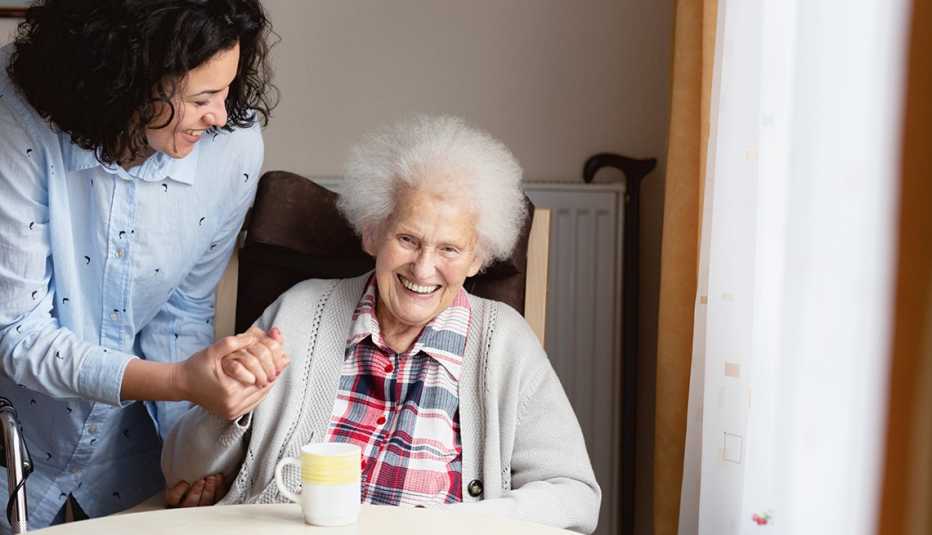Staying Fit
AARP
Nearly 80 percent of Americans age 50 and older want to stay home as they age, according to AARP's 2021 "Home and Community Preferences Survey." Communities and organizations have been cropping up around the United States — and internationally — to help people achieve the goal of aging in place.
There are naturally occurring retirement communities (NORCs) that cater to those who don’t want to leave their home or community. The Eden Alternative is another innovation in the world of aging, where the focus is on de-institutionalizing long-term care.


AARP Membership— $12 for your first year when you sign up for Automatic Renewal
Get instant access to members-only products and hundreds of discounts, a free second membership, and a subscription to AARP the Magazine.
These and other organizations and care facilities are working to make life for aging adults more pleasurable, focusing on growth in these later years as opposed to declining health and well-being. Learn more about a few of these long-term care options.
Alternative Long-Term Care Facilities
The Eden Alternative
Focused on changing the atmosphere and experience found in long-term care facilities, the Eden Alternative is a not-for-profit organization with about 190 registered homes across the U.S, and Canada, according to its online directory. Their focus is on bringing life and wellness into institutional-like elder care settings.
Often, these facilities are blooming with plants, house many pets and encourage visits by children, practicies aimed at staving off the emotional and mental deterioration that can come when residents feel lonely or helpless. The goal isn’t just to de-institutionalize long-term care facilities, but also to renovate the culture and management of each.
The Eden Alternative believes that facilities should not be run from the top down, but should incorporate the opinions and ideas of their residents. The organization is also helping older adults stay in their homes as they age with the Eden at Home initiative, which works to de-institutionalize at-home care.
The Green House Project
Much like the Eden Alternative, the Green House Project caters not just to the health needs of older adults but to their quality of life. The core idea is to provide our loved ones with a life enhanced by relationships with qualified staff, who choose to work in an environment focused on enriching the lives of older adults.


































































